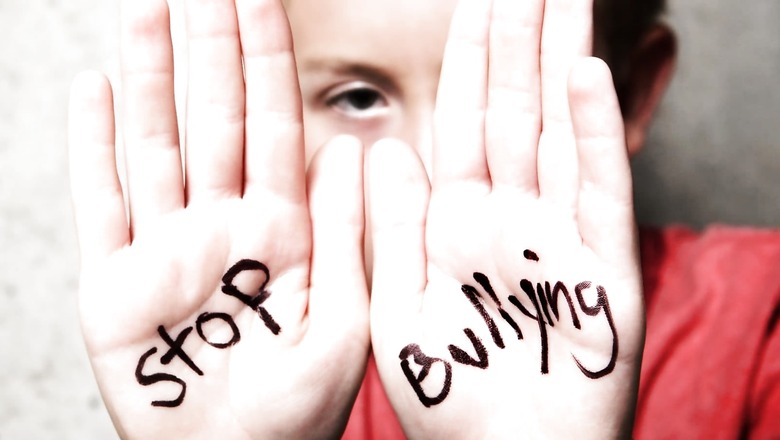
views
Making fun of each other and fooling around is known as positive teasing which is normal. This is a way of communicating and engaging with each other that is relatively a social exchange.
Like adults, kids also tease each other as part of their relationship. We know that repeated teasing leads to bullying. But sometimes, kids fail to understand the thin line between these.
Let’s know the difference between teasing and bullying and help your child to overcome it.
The distinction between Teasing and Bullying
Teasing and bullying are common challenges confronted by kids, especially in middle schools. Teasing is making fun of someone mainly in a mischievous way. Kids tease each other about clothes, musical tastes, behaviours, calling each other funny names or pulling funny pranks.
On the other hand, bullying is purposeful tormenting in physical, verbal, or psychological ways or aimed at belittling the person.
Teasing is not usually harmful when done in a playful, friendly, and mutual way, But when teasing becomes hurtful, unkind, and constant, it crosses the line into bullying and needs to stop. The ultimate difference between teasing and bullying is that the victim feels that they cannot defend themselves.
When does one become a bully:
- When there is a power imbalance
- When the topic of the teasing turns from affectionate to aggressive
- When the teasing occurs repeatedly
- When the child is upset or hurt by being teased
What to do as a parent?
Younger kids often do not confess these things to their parents out of fear. They keep the pain to themselves. Moreover, they develop signs like- fewer friends, stealing money, bad performance in class, etc. Thus, when a parent learns that their kids are being negatively impacted by teasing, they should provide their child with positive support and address the concern to prevent it.
Read all the Latest Lifestyle News and Breaking News here




















Comments
0 comment